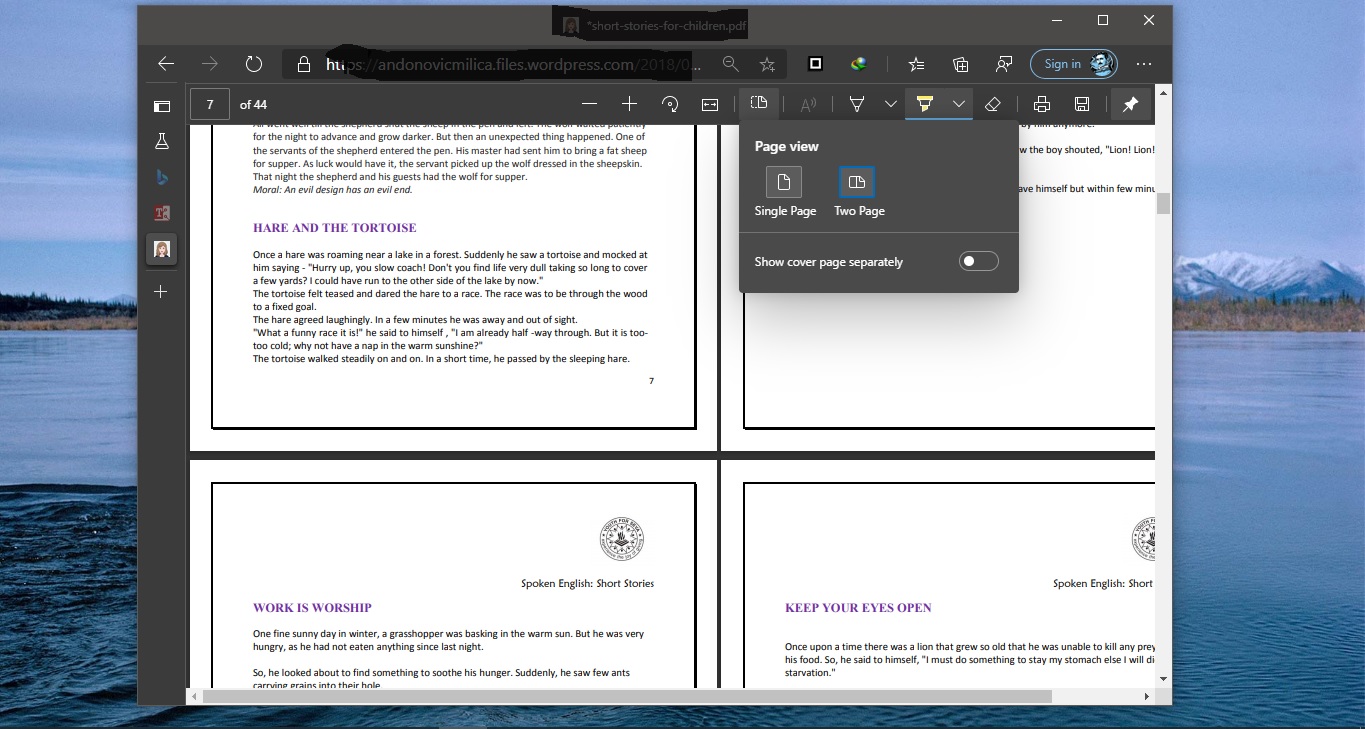Every year, hundreds of millions of usernames and passwords are exposed online when websites or apps become the target of data breaches. Hackers use this stolen info to hijack accounts and engage in fraudulent transactions, identity theft, illegal fund transfers, or other illegal activities.
Unfortunately, many people reuse the same usernames and passwords for more than one online account. This leaves them vulnerable on multiple sites when breaches occur.
LastPass for Microsoft Edge LastPass LastPass, an award-winning password manager, saves your passwords and gives you secure access from every computer and mobile device. LastPass for Microsoft Edge. Overview Related. Click the Edge menu in the toolbar and choose Extensions. Then click to turn on 1Password. To add the 1Password icon to the toolbar in Edge: Click the Microsoft Edge menu in the toolbar. In Microsoft Edge, select Settings and more Settings. Select Passwords, then use the toggle to turn off Offer to save passwords. This doesn't delete previously saved passwords. To do that, select Settings and more Settings Privacy and services Clear browsing data Choose what to clear. This extension requires a 1Password membership. If you don't have one yet, you can sign up when you install the extension and try one free. 1Password is a password manager that keeps you safe online. You want to use different passwords for every website, but it can be hard to keep track of them all. LastPass, an award-winning password manager, saves your passwords and gives you secure access from every computer and mobile device. LastPass: Free Password Manager - Microsoft Edge Addons Skip to main content.
1password For Ms Edge
To help you protect your online accounts, Password Monitor informs you if any of your passwords have been compromised in a data breach. Changing your passwords immediately is the best way to prevent your accounts from being hijacked.
Note: Password Monitor is currently available only on Windows and macOS.
How Password Monitor works
When Password Monitor is on, Microsoft Edge automatically checks passwords you've saved in the browser against a database of known breached credentials. This database is updated periodically.
If any saved passwords match those in the database, they'll appear on the Password Monitor page. You can get to the page by typing edge://settings/passwords/PasswordMonitor in the Microsoft Edge address bar (Windows and macOS only). Any passwords that appear on this page are no longer safe to use and should be changed immediately.
1password For Chrome
When Password Monitor checks your passwords against the database of known leaked credentials, they're hashed and encrypted before being sent to the service. This encryption helps prevent anyone but you from seeing your saved passwords.
1password For Microsoft Edge Chromium
Turn on Password Monitor
1password X
Make sure you're signed in to Microsoft Edge using your Microsoft account or your work or school account.
At the top corner of the browser, select Settings and more (...) > Settings.
Select Profiles > Passwords.
Turn on the toggle next to Show alerts when passwords are found in an online leak. After the toggle is turned on, any unsafe passwords will be displayed on the Password Monitor page.
What to do if you discover your password has been compromised
At the top corner of the browser, select Settings and more(...) > Settings.
Select Profiles > Passwords > Password Monitor.
For each account where your password is shown to be compromised, select the Change Password button. You'll be taken to the relevant website where you can change your password.
If an entry in the list of compromised passwords is no longer relevant to you, you can ignore it by selecting Ignore.
Get 1password For Microsoft Edge
When you visit a website that requires you to sign in, the new Microsoft Edge will ask if you want your user name and password remembered. The next time you visit the site, the browser will finish filling in your account info. Password saving is turned on by default, but here's how to turn it off:
In Microsoft Edge, select Settings and more > Settings.
Select Passwords, then use the toggle to turn off Offer to save passwords.
This doesn't delete previously saved passwords. To do that, select Settings and more > Settings > Privacy and services > Clear browsing data > Choose what to clear. Next, select Passwords and then select Clear now.
1password For Microsoft Edge Beta

Note: This topic is for the new Microsoft Edge . Get help for the legacy version of Microsoft Edge .

